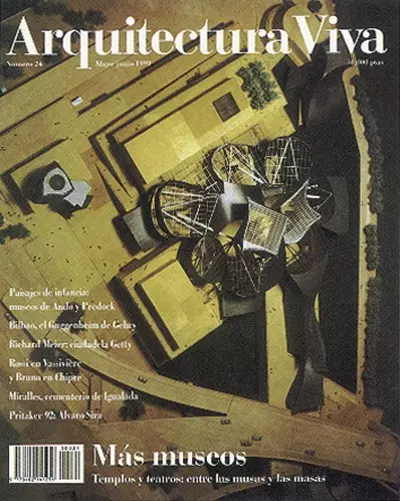

The temple of Water, the main one of Ninnaji Shingon, the oldest branch of tantric Buddhism in Japan, rests on a hill with views over Osaka Bay. The project proposes a sensory experience, a shift from the ordinary world to the sacred space. The appro
Situated next to Yoyogi Park in the Tokyo ward Shibuya, the Meiji Jingu Shrine is a Shinto temple dedicated to the deified spirits of Emperor Meiji (1852-1912) and his consort, Emperor Shôken (1849-1914). Blending with the surrounding trees, the new
A warping wood roof contains a sacred space devoted to Taoism in the Hsinpu mountains, 70 kilometers south of Taipei. The project is part of an initiative promoted by the company TLDC (Taiwan Land Development Corporation) to boost rural growth throug
Zuishoji Temple (Minato-ku, Tokyo) is the main temple in Tokyo of the Obaku Sect, one of the three Zen schools brought to Japan from China by the Priest Ingen during the Edo Period. The building, listed in 1992 as jubun or Important Cultural Property
The mission building reinterprets certain typological and geometrical constants of traditional Hindu temples, such as symmetry, patterns and pitched roofs.
Designed as venue for the World Buddhist Forum, the ensemble comprises three pieces – the entrance, a 350-meter route, and a large hall – that, adapting to the slope of the quarry that used to occupy the site, introduce visitors into Zen culture...
There are very few countries where religious syncretism is so deeply rooted as it is in Japan. The practice of the original sintoism in the Japanese archipelago coexists with the Buddhism that was introduced through Korea in the year 539 a. C., and t

